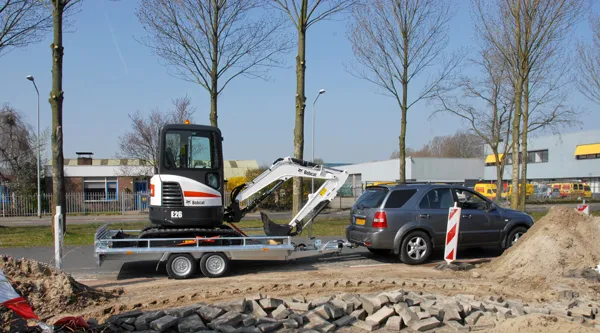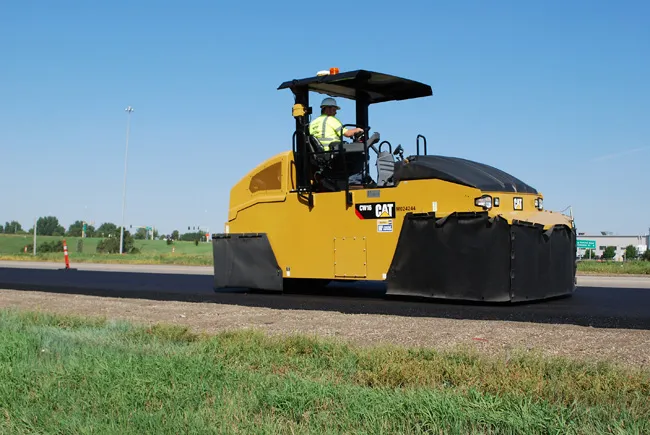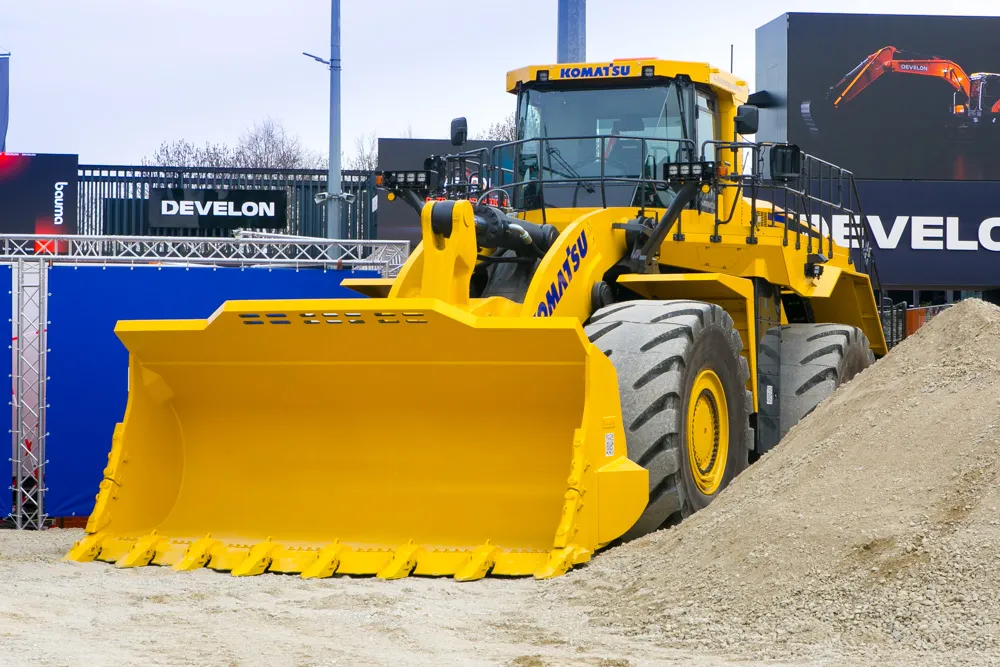Bobcat has launched the new 2.6tonne zero tail swing E26 miniexcavator to target the 2-3 tonne market segment. The E26 features the advantages of Bobcat's E-generation excavators including reliability, operator comfort, smooth operation and high performance.
February 24, 2012
Read time: 2 mins

Bobcat has launched the new 2.6tonne zero tail swing E26 miniexcavator to target the 2-3 tonne market segment.
The E26 features the advantages ofIn addition, the E26 offers low operating weight for towing. Other features include easy transportation and increased stability, which ensures that the E26 mini-excavator does not require an additional counterweight when configured with the optional long dipperstick.
An improvement is the cab, already used on the 3-5tonne Bobcat models. The cab offers easy entry and exit for the operator and the design allows the door to be fully opened within the width of the upper structure. Forward visibility is increased by reducing the size of the front window cross-member section to a minimum.
The control system automatically monitors the engine and hydraulic systems and shuts them down in the event of a problem. It will also turn off the work lights after 10 minutes when the key is not in the ignition to prevent the battery being run down. A new feature is the autoshift travel motor allowing the machine to shift automatically from low to high speed. The hydraulic system on the E26 mini-excavator optimises engine power and the high relief pressure of the hydraulic system ensures the E26 offers the best digging forces and lifting capacities in its class.









